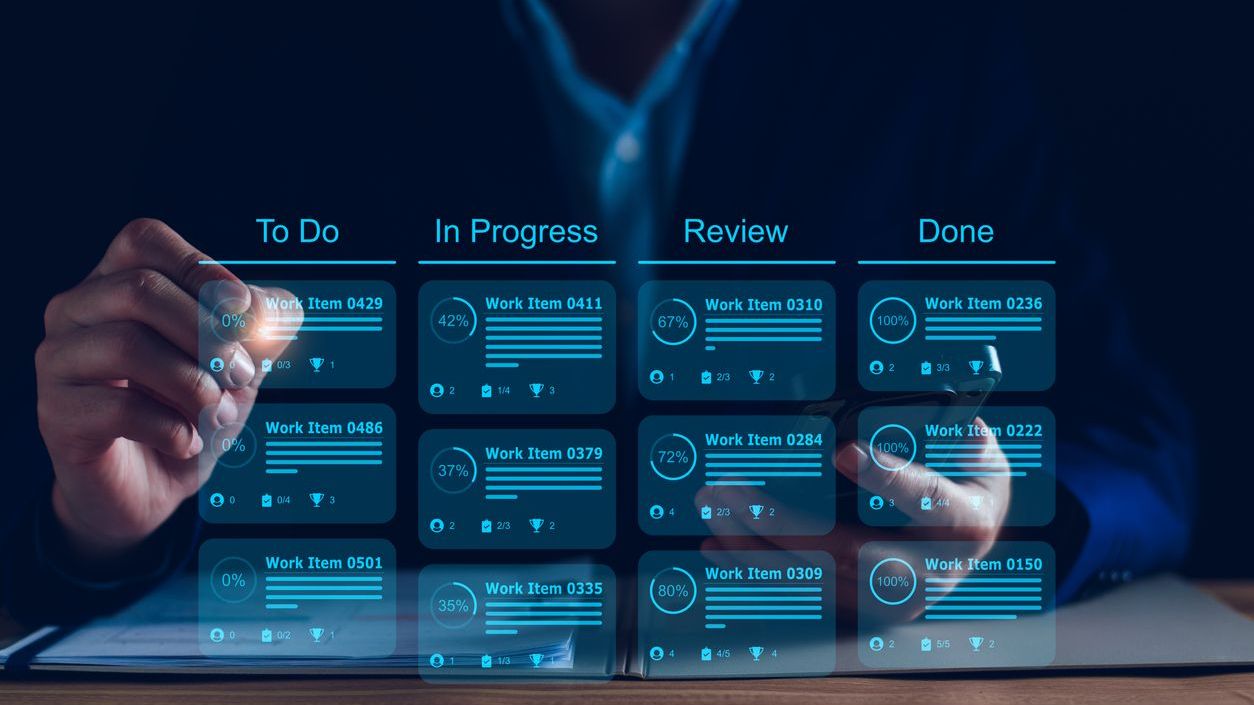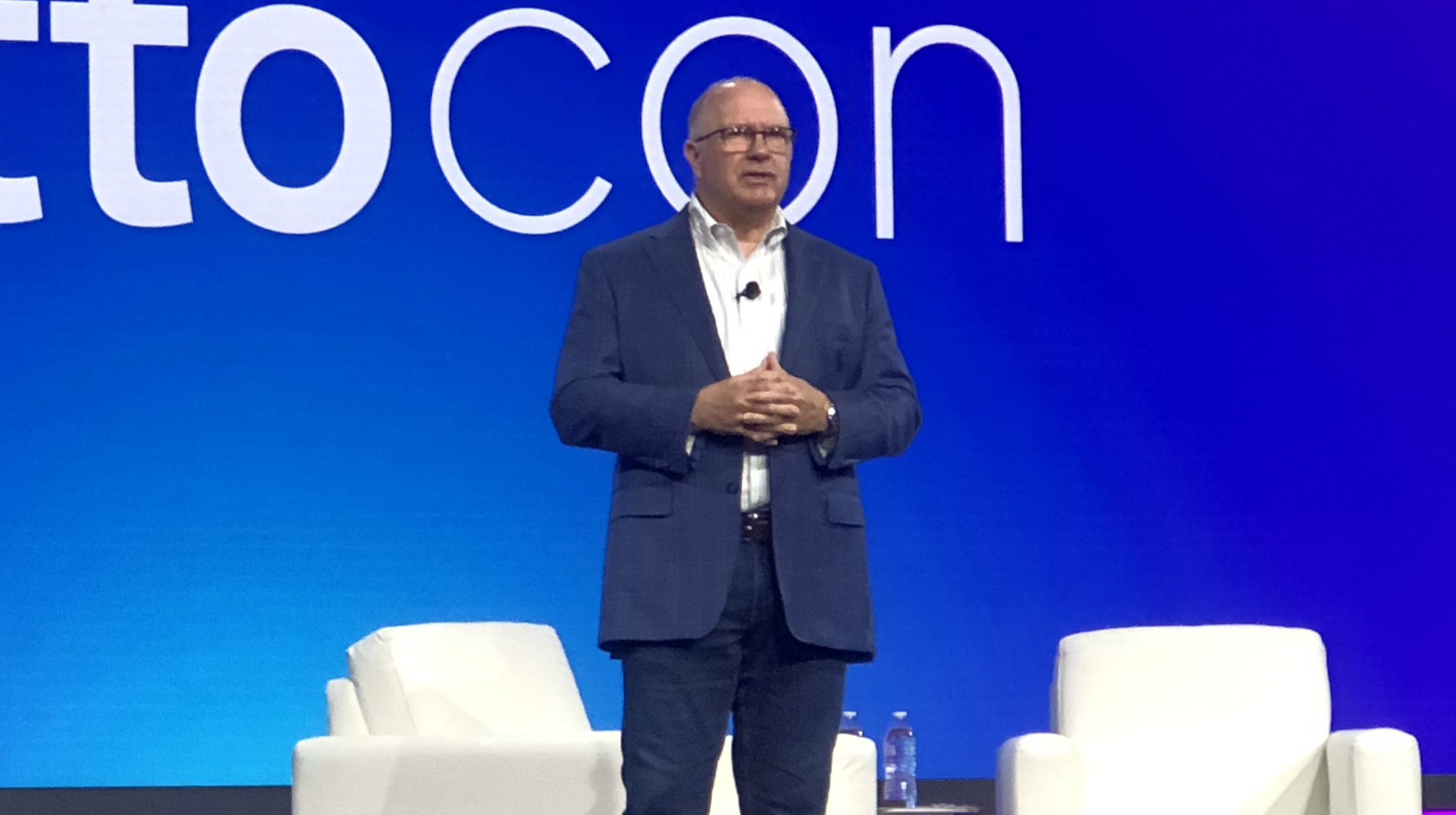As you grow a service business, you also have to scale your sales process. Service businesses tend to be client oriented; they have to be. However, once you hit a certain size, the only way to focus on your clients is to focus on yourself.
Business growth comes from inside. Your company has to know what it actually does, what it can do, how efficiently it can do it, what it can’t do, and how to quantify these to determine what it can realistically sell—and to whom.
Sales is the first road into your financial model (marketing is a map to the road), which means it can be one of the easiest to control (for some factors). Certain levels of service are only practical at certain sizes (for most companies). As you grow, you need to focus on the cost-to-income ratio of clients, how to measure the profitability of a client, and how to use these to focus on your core competencies and scale your sales.
The sales funnel filters out incompatible clients (you don’t try to sell women’s clothing to the youth baseball team, for instance), but you also need to rate the quality of a client.
You can choose to accept or turn down a client. Some clients are worth more than others for your business, and others can be worse than not having any business at all. When your business is small, an extra guaranteed $500 a month from a painful client can be the difference between staying in business or not. As your obligations grow, however, this $500 a month tends to become more and more expensive.
Cost-to-Income Ratio
To weed out clients that are not profitable for you, you need to first look at cost-to-income ratio. Acme and Standard may both bring you $2,000 a month gross, but what do they bring you net? What do they bring you after you factor in every ephemeral operating cost?
Some clients will cost more, and the contract they’re under will affect that. When did you last revise your contract and what process do you have in place to change it? Times change, and the technology changes with it. You need to be able to adapt to survive. A 10-year contract can be gold or a golden noose depending on what transpires in the interim.
You need to lower the bottom line without lowering the stability of the relationship with your client. You can do this by standardizing service (lowering the overall cost to operate by scoping the process), charging a premium (raise the cost of the service in order to make the ratio more favorable), or reducing overhead (lowering the cost of the service without impacting clients). Which one is practical is predicated on knowing what makes a client profitable.
Measuring Profitability
What makes a client profitable? If you can’t answer this with data, you’re just lying to yourself. Feelings and intuition can change, but data doesn’t (only its interpretation changes).
Use metrics to determine your profitable clients. You can weight factors based on your company goals and your direction, but base your decisions in truth rather than feeling. Once you break down the metrics you’re aiming for as well as what it takes to manage a client, you can answer how profitable each client is.
If you charge less than average for desktops versus servers, but a site has no servers, how profitable are they? How much work do you perform? What tiers do what work? Is there any custom software that is domain specific? How often does the client fight you on your decisions? Do you get any out-of-scope work from them or referrals? All of these questions set the stage for measuring profitability.
How much work you do will determine how many employees and other resources you require. The tier or level of work will determine the cost for employees. Clients that don’t listen end up costing more because they tend to have more preventable issues and are harder to get settled in the first place. Enough money can make these problems go away (assuming they bring it in), but you have to track it from the start of the sales dance all the way to the last part of a full onboarding.
Once you know which clients and what services are profitable, you can hone your target market.
Make sure your salespeople know what to sell and who the target is. If you don’t have after-hours coverage, don’t sell to a 24/7 shop, because if you’re centered around 8 to 5, the first “”after hours”” client will be your most expensive.
Use your metrics to determine your next target. If you do have a 24/7 shop, and you have gaps in your calls between 11 a.m. and 1 p.m., and 5 p.m. to 8 p.m., for instance, why wouldn’t you target a restaurant?
Setting Expectations
It’s also important to set service expectations as you scale. Small companies can usually go above and beyond in ways that larger companies can’t. Part of the growing pains, however, is learning to implement scalable processes at every significant level. You can promise every client you’ll solve their issue in 24 hours, but what do you do when five times the volume comes in on one day? What do you do when you promise an even shorter turnaround and get a flood volume in? It’s not a matter of if, it’s a matter of when, once you get big enough.
Your unprofitable client will probably be just as angry (on average) as your extremely profitable one when the ball drops for both of them. Who do you focus on? Without having the numbers, you don’t know. Knowing what you can handle determines just what you can sell.
That’s why it’s important to tweak your sales process to match your company’s abilities as well as its ambitions. Sell to people who fit your model, and refuse (or charge a prince’s ransom to) those who don’t. There’s no shame in saying no, just make sure you say no for the right reasons.
When sales has a clear direction, they can target their work better, as well as make sure that each client is (likely to be) profitable.
TIM CONKLE is president and CEO of The 20, which utilizes a proven multi-million dollar sales model and execution framework that developed by Conkle himself to help MSPs attain profitability and success. Conkle is also president and CEO of Roland Technology Group, an MSP in Plano, Texas, president of the board of directors for unified communications vendor Cytracom, and a member of the Forbes Technology Council and Entrepreneurs’ Organization.














